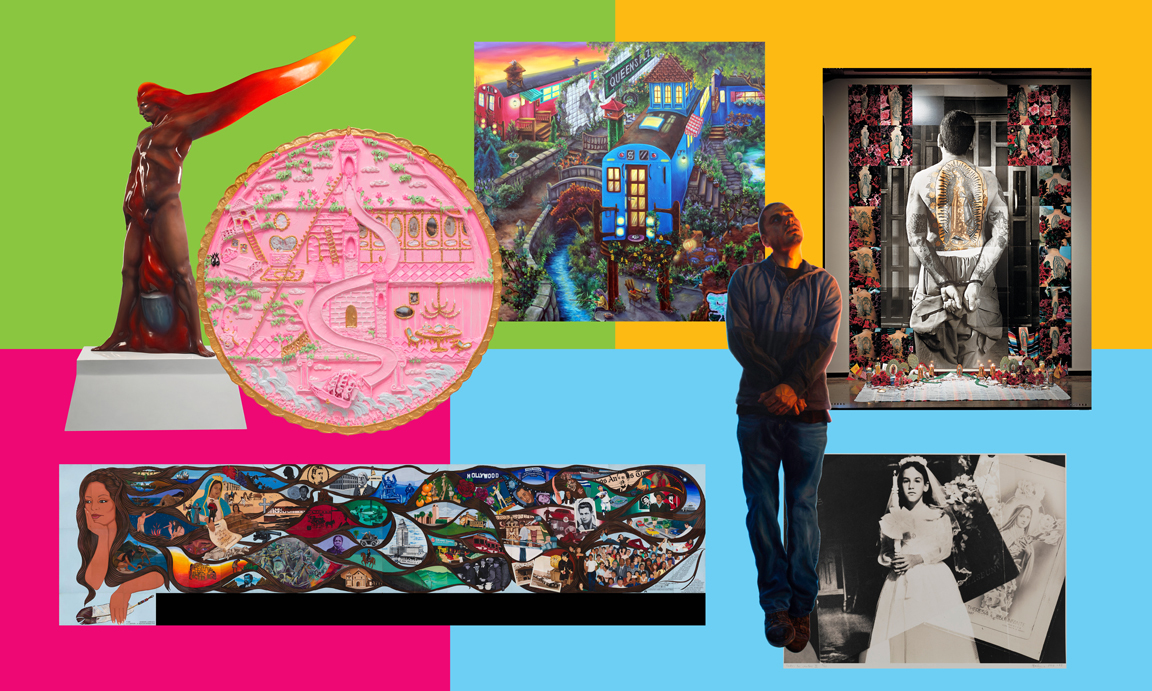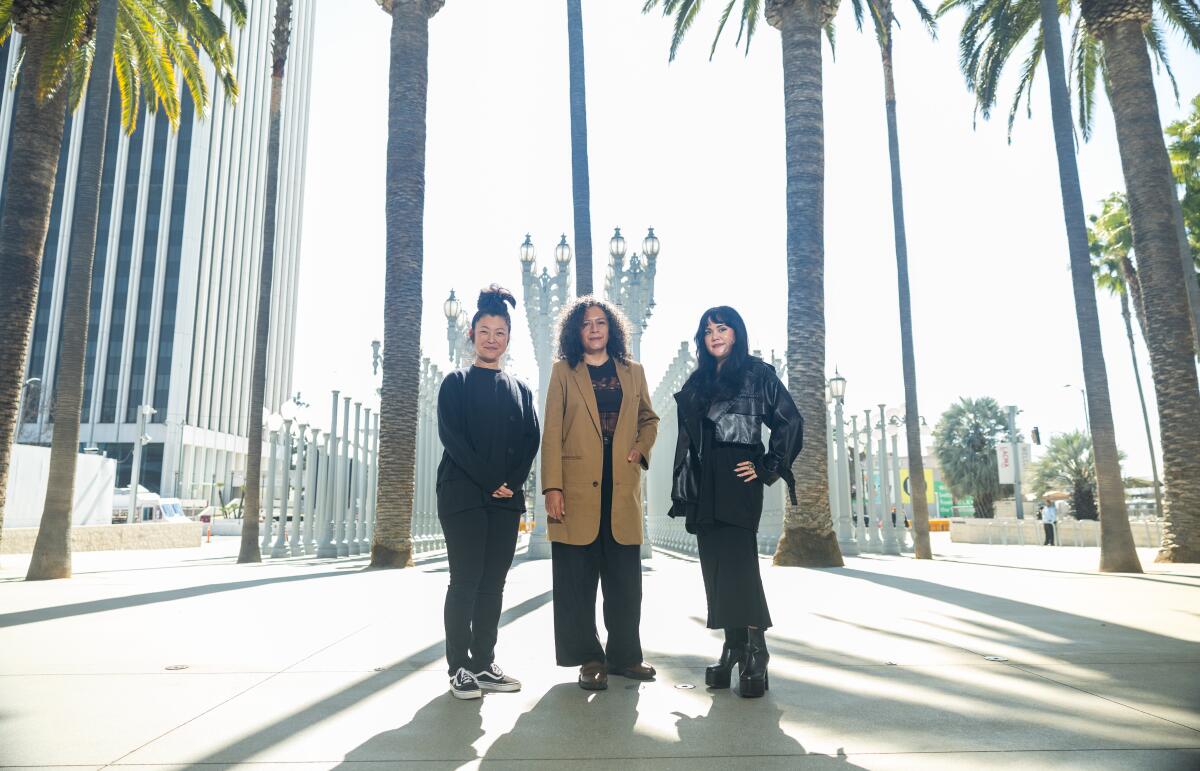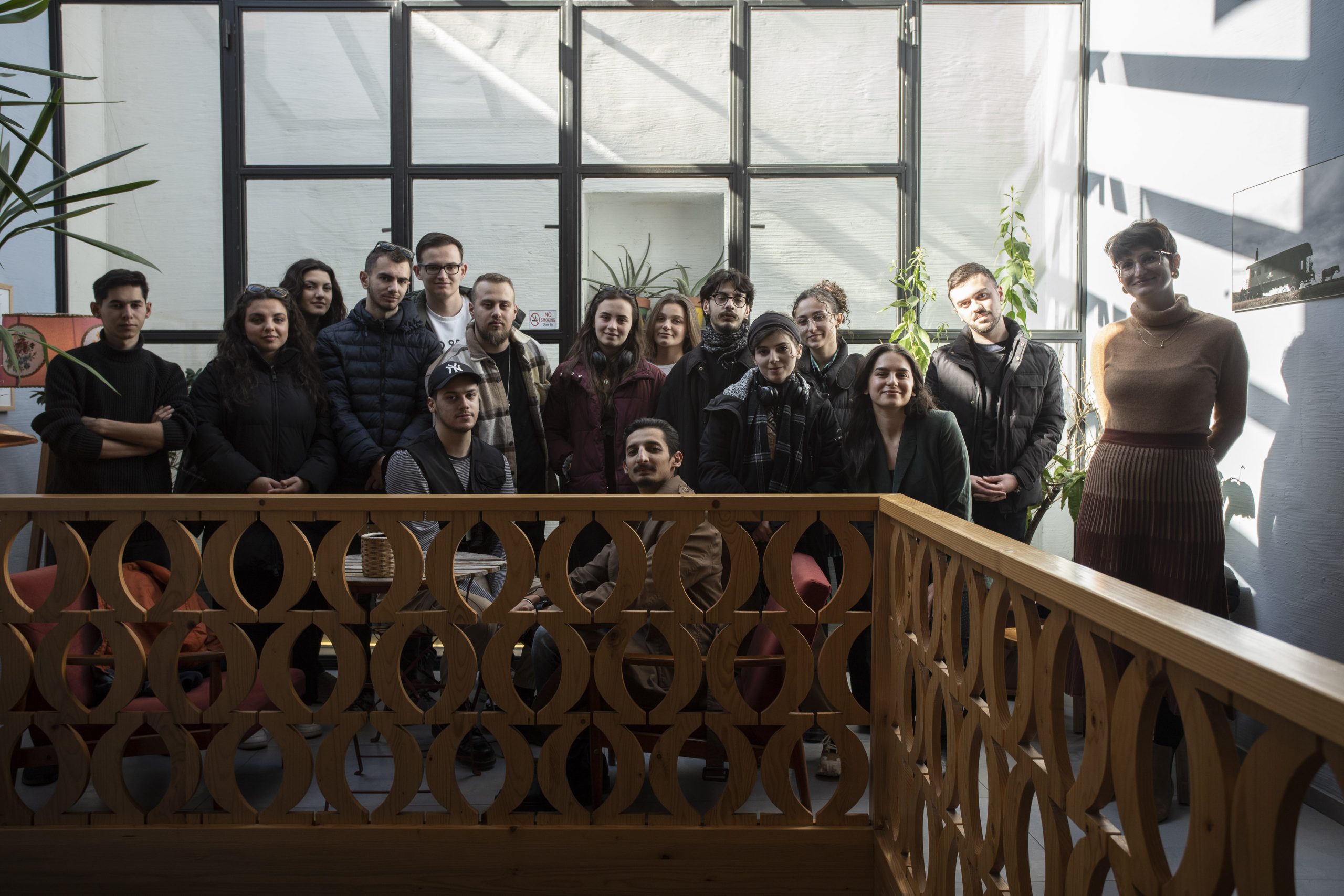Exploring Ephemeral Art: The Impact of Temporary Projects on Artistic Perception

Understanding Ephemeral Art
Temporary art projects challenge our understanding of what art is and can be. Unlike traditional forms, ephemeral art is designed to be experienced momentarily, raising questions about value, permanence, and memory. The notion that art can exist for just a fleeting moment invites viewers to consider the deeper meanings and experiences associated with creativity.
Key features of ephemeral art include:
- Transience: Artworks are often created specifically for a location, event, or time period, emphasizing their fleeting nature. For example, Christo and Jeanne-Claude wrapped the Reichstag building in Berlin for just two weeks in 1995, creating a visual spectacle that left a lasting memory in the minds of visitors while ultimately disappearing.
- Audience Participation: Many ephemeral art projects invite the audience to engage directly with the artwork. This interaction not only alters the perception of the piece but also allows viewers to leave their mark, enhancing ownership. A notable instance is Yoko Ono’s “Wish Tree,” where individuals write their wishes on tags and tie them to a tree, generating a collective, evolving installation expressing communal hopes.
- Environmental Interaction: Ephemeral art often bridges the gap between art and nature or urban spaces, utilizing the environment as an integral component of the work. Andy Goldsworthy’s site-specific creations, crafted from natural materials like leaves, rocks, and ice, showcase the impermanence of life as they naturally decay and are reclaimed by the environment.
Notable examples, such as Christo and Jeanne-Claude’s “The Gates” in Central Park or Banksy’s street art, illustrate the impact of these temporary installations on public spaces. “The Gates,” featuring 7,503 saffron-hued fabric panels, transformed Central Park into a vibrant corridor of color for two weeks in 2005. Similarly, Banksy’s graffiti often sparks dialogue surrounding social justice issues, turning urban landscapes into platforms for protest and reflection. His work evokes conversations about anonymity, ownership, and message, reminding viewers that art can provoke critical thought.
The evolution of ephemeral art gives insight into how art can influence society and individual perception. Projects such as these encourage us to question the nature of art itself and its role within the community. They prompt intriguing discussions on the significance of creating art for the sake of the moment rather than for permanence, inviting audiences to engage with concepts of time, space, and human experience.
As these projects capture the imagination, they also invite us to explore their implications deeply, making ephemeral art a vibrant area of exploration both for creators and viewers alike.
DIVE DEEPER: Click here to discover the journey of dance
The Role of Context in Ephemeral Art
Context is crucial in shaping the experience of ephemeral art. Unlike conventional works displayed in galleries or museums where the environment remains static, temporary installations often emerge from the distinct characteristics of their surroundings. This interaction prompts viewers to reevaluate their perceptions not just of the artwork but of the context in which it exists. Within this dynamic environment, ephemeral art can be a powerful medium for social commentary and community engagement.
1. Social Influences: The themes explored in ephemeral art are often reflective of current societal issues. For instance, temporary murals and installations can serve as poignant reminders of historical events or social injustices. A powerful example is Guerrilla Girls, an anonymous group of feminist artists who use street art to critique the art world’s gender inequality. Their temporary pieces spark immediate conversations within the community, highlighting critical social themes while remaining transient.
2. Climate Change Awareness: Increasingly, ephemeral art has been used as a platform to address environmental issues. Artists are using materials that will naturally decompose or decay over time, engaging audiences in dialogues about sustainability and nature. For instance, Ai Weiwei’s installations utilizing natural waste or plastic waste emphasize the impact of human actions on the environment, encouraging viewers to reflect on their responsibilities toward nature. By creating art that is fleeting, these artists underscore the urgency of their message in a world facing ecological crisis.
3. Urban Transformation: Urban environments also play a vital role in the impact of ephemeral art. Temporary art interventions can transform neglected spaces into vibrant community hubs. The High Line in New York City has been a canvas for various ephemeral artworks that breathe life into an abandoned railway, making art accessible to everyone. The incorporation of such projects fosters a sense of place, inviting the public to engage with art in their immediate context.
Furthermore, ephemeral art projects often challenge conventional art hierarchy, where gallery walls dictate the value and presence of artworks. By placing art in public arenas, artists democratize access and encourage inclusivity. This redefinition empowers local communities and invites diverse interpretations based on individual experiences.
In exploring the impact of ephemeral art, it’s evident that these temporary projects provoke thought and discussion about artistic perception. They urge us to consider the implications of creating art informed by immediacy and social context, ultimately reshaping how we engage with artistic expressions. The transitory nature of these works serves as a reminder that while art may fade away, the impressions it leaves on society and individual consciousness are profound and lasting.
Engaging with Fleeting Moments: The Role of Viewer Interaction
One of the most fascinating aspects of ephemeral art is how it actively engages viewers, inviting them to participate in a fleeting moment of creativity. Temporary artworks often encourage audience interaction, breaking down traditional barriers between the artist and the public. For instance, installations that require viewer input or contributions can transform a singular experience into a communal event, ultimately enriching the artistic perception.
By participating in these temporary projects, audiences not only witness art but also co-create meaning, enhancing their connection to the work. This interactive element also serves to highlight the transitory nature of art itself, prompting reflections on personal and collective experiences. The impermanence of these projects can lead to a deeper understanding of art, as viewers are reminded of the fleeting moments in their own lives.
The Cultural Significance of Temporary Projects
Temporary art projects often focus on societal issues, sparking conversations around history, identity, and community. These installations can challenge prevailing narratives and shed light on underrepresented voices. By incorporating themes relevant to current events, ephemeral artworks become a platform for social commentary, driving engagement and awareness.
Moreover, the location of these projects often acts as an additional canvas, utilizing public spaces to create a dialogue with the environment. Artists such as Christo and Jeanne-Claude famously wrapped national monuments, reminding us of the role our surroundings play in shaping perception. This merging of art with context not only enriches the viewer’s experience but also asks crucial questions about the spaces we inhabit and their histories.
| Category | Description |
|---|---|
| Viewer Engagement | Temporary art invites audience participation, creating a deeper connection and co-creation of meaning. |
| Cultural Commentary | Ephemeral projects often tackle social issues, using art as a vehicle for discussion and activism. |
DISCOVER MORE: Click here to learn about modern tools for composers
Engagement and Interactivity in Ephemeral Art
Engagement and interactivity are defining characteristics of ephemeral art that set it apart from traditional forms. These projects invite viewers to be active participants rather than mere observers, creating a multifaceted relationship between the audience and the artwork. As visitors engage with temporary installations, they often contribute to the narrative, altering the meaning and experience of the art itself.
1. Audience Participation: The ephemeral nature of many installations encourages collaboration and input from visitors. Projects like Yoko Ono’s “Wish Tree” installations invite the public to write their wishes on paper tags and hang them on trees, fostering a sense of community and shared aspiration. This willingness to participate transforms viewers from passive observers into vital contributors, enhancing the socio-cultural discourse surrounding the artwork.
2. Experiential Spaces: Many ephemeral art projects aim to create immersive experiences that break down barriers between artist and audience. Olafur Eliasson’s “The Weather Project” in Tate Modern is a fine example, where visitors were enveloped in a simulated sun and mist, prompting them to engage with one another and the space itself. This covalent experience illustrates how ephemeral art can blur the lines between reality, nature, and perception of collective experience, pushing viewers to explore their surroundings and the stories they hold.
3. Digital Age Influence: The advent of social media has significantly impacted ephemeral art by accelerating its reach and engagement. Artists are leveraging platforms such as Instagram and TikTok to create time-sensitive projects designed to be shared and experienced online. For example, Kara Walker’s “A Subtlety” installation at the old Domino Sugar Factory received widespread attention not just in its physical location in Brooklyn, New York, but also through the myriad of photos posted by visitors. This digital engagement creates a new layer of experience, allowing ephemeral works to reach global audiences while encouraging a culture of sharing and immediate reaction.
- 4. The Role of Performance: Many ephemeral art projects incorporate performance elements, enhancing viewer interaction. For instance, Marina Abramović’s participatory works transform the audience into performers, challenging individual perceptions of presence and belonging. The result is a shared journey that encapsulates human emotion and experience, making the art transitory yet impactful.
- 5. Pop-Up Exhibitions: Art pop-ups are also gaining momentum as a form of ephemeral engagement. These temporary exhibitions in unexpected locations offer artists a platform to showcase their work while inviting an audience that may not typically visit a gallery. Such initiatives, like Superfine! Art Fair in various cities, break the monotony of conventional exhibition spaces, bringing diverse art experiences directly to urban dwellers.
This emphasis on engagement and interactivity makes ephemeral art a unique vehicle for exploring contemporary issues. As audiences interact, they grapple with the themes presented, often leading to a deeper understanding of their implications. The conversation around ephemeral art serves to enrich public discourse and invites questionings about permanence in a world where change is ever-present.
DISCOVER: Click here to learn about the uplifting effects of dance
Conclusion: The Transformative Power of Ephemeral Art
In an age where the fleeting nature of experiences shapes our understanding of the world, ephemeral art emerges as a powerful conduit for exploration and reflection. Through its temporary projects, artists have challenged conventional perceptions of permanence and value, amplifying the importance of viewer interaction and engagement. By inviting public participation, as seen in projects like Yoko Ono’s “Wish Tree,” and creating immersive environments like Olafur Eliasson’s “The Weather Project,” ephemeral art allows for shared experiences that dissolve the strict boundaries between creator and audience.
The digital landscape also plays a pivotal role in redefining these artistic expressions, as platforms such as Instagram and TikTok extend their reach beyond physical confines. The viral nature of installations like Kara Walker’s “A Subtlety” exemplifies how digital engagement enriches the dialogue surrounding ephemeral art, creating a vibrant cultural exchange that transcends geographic limitations.
Furthermore, the integration of performance elements and innovative pop-up exhibitions has provided fresh avenues for artists to engage diverse audiences, breaking free from traditional gallery settings. This dynamism not only fuels artistic innovation but also fosters critical discourse about the meaning of art in a transient world.
Ultimately, exploring ephemeral art invites us to reconsider our relationship with both art and time. It challenges us to find value in the transient and to appreciate the significance of experiences that, while momentary, can leave lasting impressions on our collective consciousness. As we engage with these temporary projects, we are reminded to celebrate the beauty of the now, pondering what it means to create and witness art in a continuously evolving landscape.



